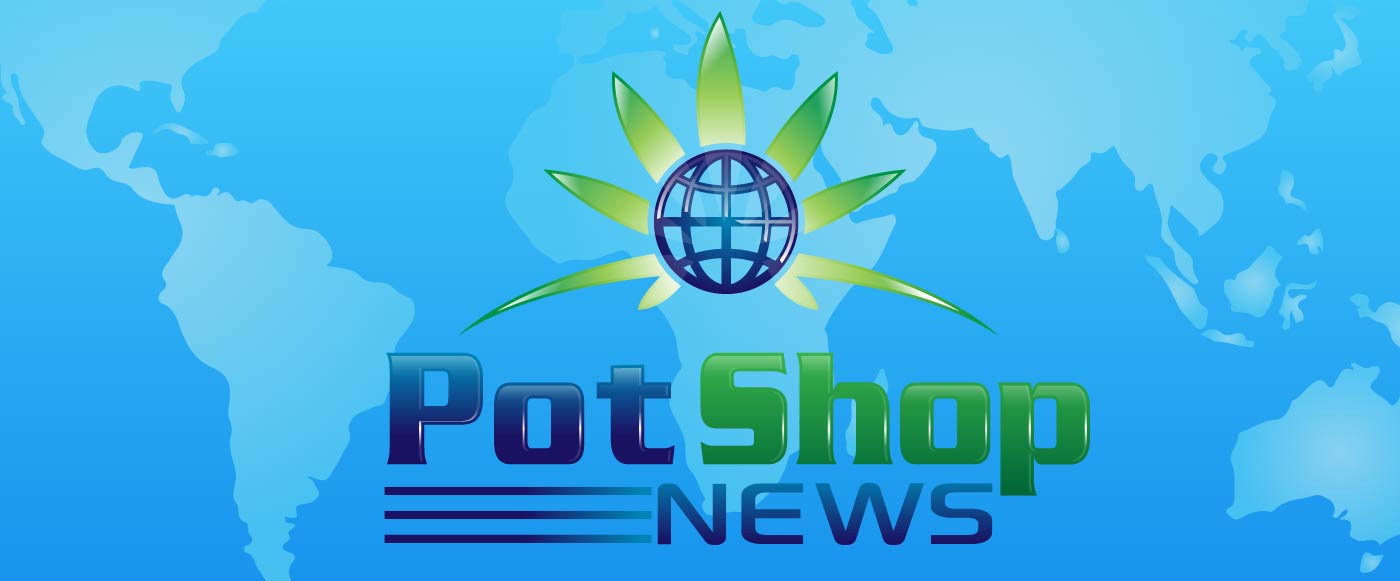Safe Harbor Financial (NASDAQ: SHFS) reported mixed financial results for the fourth quarter and full year of 2024 that ended Dec. 31, with revenue declines offset by growth in its lending business.
The company noted that its loan interest income increased 82% to approximately $1.8 million in the fourth quarter and jumped 123% to $6.6 million for the full year versus 2023.
Despite the growth in the lending segment, overall revenue declined to $15.2 million for 2024, down from $17.6 million in 2023. The company attributed the decrease primarily to reduced deposit activity and client onboarding income related to its previous Abaca acquisition.
“Throughout 2024, the lending arm of Safe Harbor was a driving force for the company,” said Terry Mendez, who joined as CEO earlier this year following the retirement of Sundie Seefried. “We continue to be an innovator in this sector as we instituted a new small business line of credit program while also originating several debt and credit facilities at market-competitive terms for numerous clients across the U.S.”
The company posted a sizable net loss of $48.3 million for 2024, versus a $17.3 million loss in 2023. That included around $43.9 million in non-cash valuation allowance on deferred tax assets and $9.1 million in goodwill and intangible asset impairment expenses.
Safe Harbor also said it had fully written down its goodwill and intangible assets to zero on its balance sheet as of the end of December.
Operating expenses fell significantly to $22.3 million in 2024, versus $38.3 million in 2023 – a 42% reduction. The company noted that compensation and employee benefits expenses decreased 25% due to lower stock-based compensation and headcount reductions.
In addition, Safe Harbor and Partner Colorado Credit Union (PCCU) entered into an amended commercial alliance agreement at the end of December that eliminates Safe Harbor’s indemnification obligations for any loan losses. The company also reported successfully modifying its debt obligation with PCCU in March, which it claims will unlock $6.4 million in cash flow over the next two years.
“This modification greatly improves our financial stability as we are able to unlock over $6 million in cashflow over the next two years and push the term of the debt obligation out to October 2030,” Mendez said.
Adjusted EBITDA was $2.9 million for 2024, down from $3.6 million in 2023. Safe Harbor also reported that its adjusted working capital stood at $2 million at year-end.
Cash and cash equivalents declined to $2.3 million at the end of 2024, versus $4.9 million at the end of 2023.
Safe Harbor noted that in January it had processed more than $25 billion in cannabis-related funds through its network of partner banks since its founding, a milestone the company reached on its 10th anniversary.
“One of the major reasons I joined Safe Harbor is the tremendous opportunity I see to build upon our strong foundation, to evolve from a single compliance solution into a provider of a broad array of services focused on addressing the needs of our clients,” Mendez said.
The company filed a notification of late filing with the SEC on Monday, saying it would need additional time to complete its annual report on Form 10-K. Safe Harbor cited the need to evaluate subsequent events including its debt modifications and valuation of deferred tax assets among the reasons for the delay.
[[{“value”:”The cannabis financier saw loan interest income surge while reporting significant net loss amid restructuring efforts.
The post Safe Harbor Financial lending income soars in 2024, but company still lands in the red appeared first on Green Market Report.”}]] Read More


